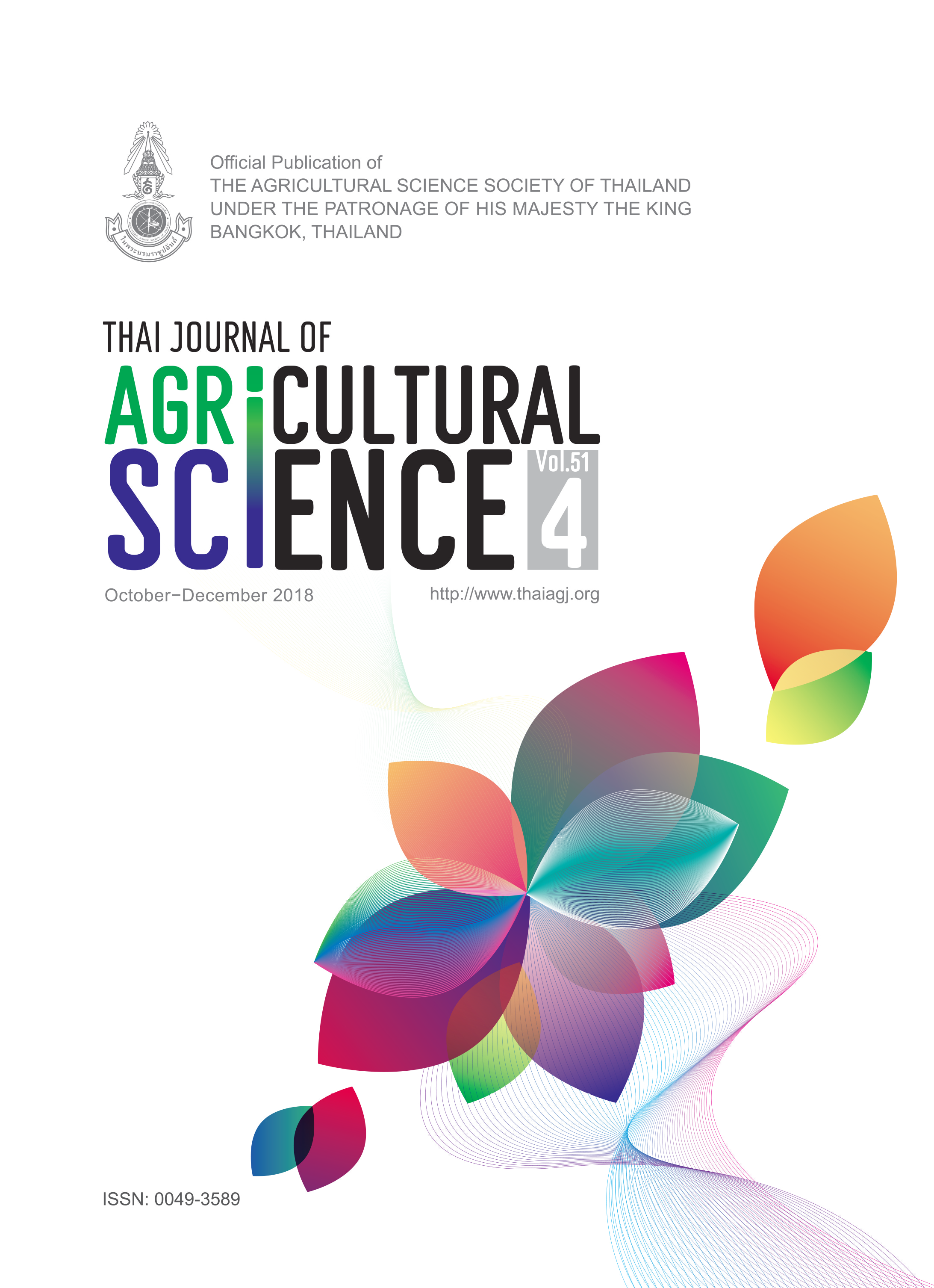Germination of Carrot (Daucus carota L.) Seeds in Response to Osmotic Priming
Main Article Content
Abstract
Seed priming alleviates environmental problems such as water and salinity stress and hence improves seed germination and subsequent growth. An experiment was conducted to evaluate the effects of distilled water, sodium chloride (NaCl), potassium nitrate (KNO3) and polyethylene glycol (PEG6000) on the germination dynamics of six carrot cultivars. Experimental design was factorial based on completely randomized design (CRD) with four replications. Germination traits were assessed either just after treatments or 3 months after pretreating seeds at 5˚C and 45% relative humidity (RH). Results showed that the effects of priming treatment and cultivar were significant (P ≤ 0.01) on germination percentage, mean germination time (MGT) and plumule and dry weight. ‘Forto’ and ‘Baby finger’ had the highest and the lowest germination percentage and MGT, respectively. PEG determined the highest germination percentage. The lowest germination percentage was noticed in the case of priming with distilled water. The variations of priming treatments and cultivars were significant (P ≤ 0.01) for germination percentage, mean germination time and plumule and radical dry weight. Radicle length was improved with sodium chloride (NaCl) priming. ‘Chanteny’ and ‘Baby finger’ had the highest and the lowest radicle lengths, respectively. In total, priming treatments promoted germination related traits of carrot.


